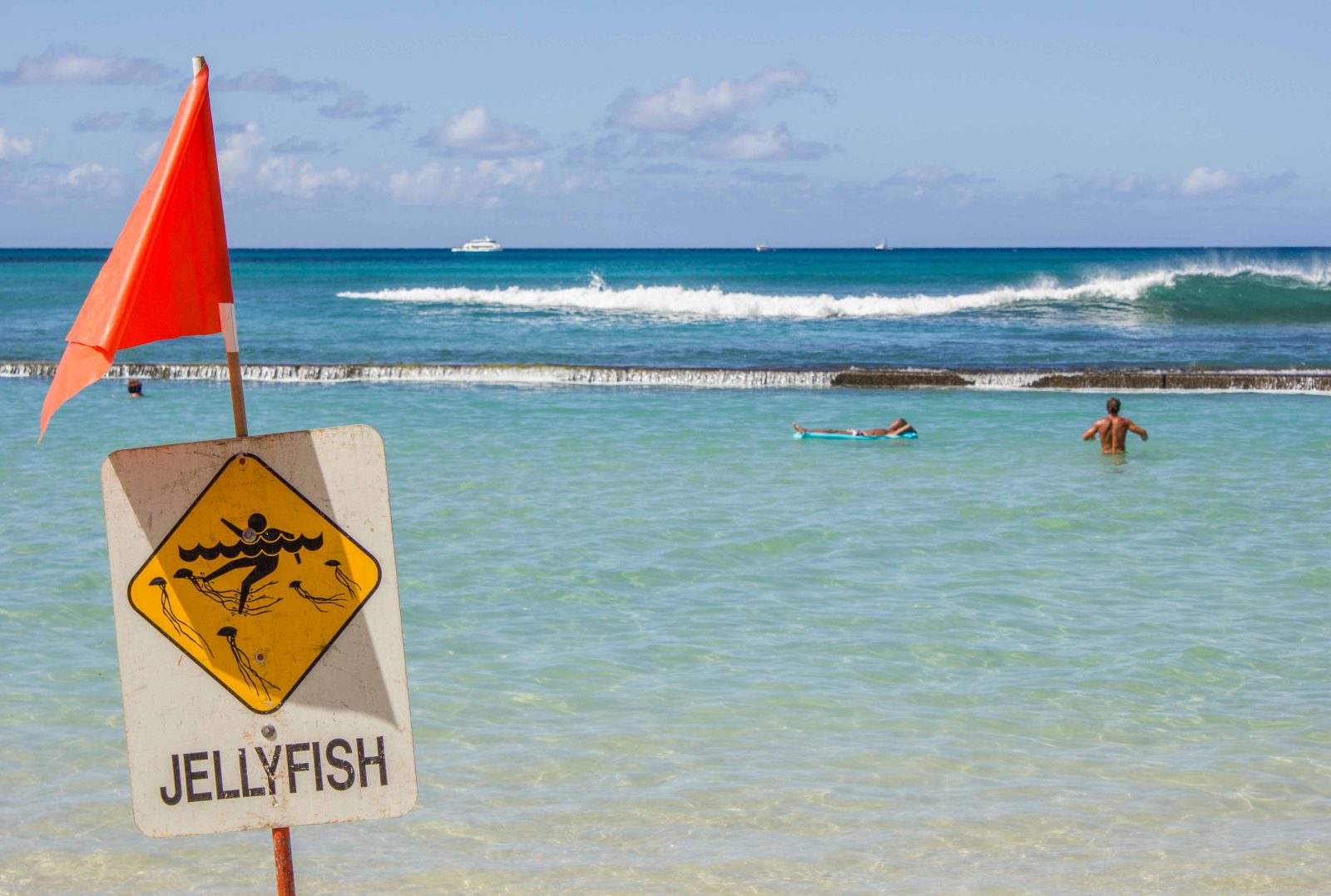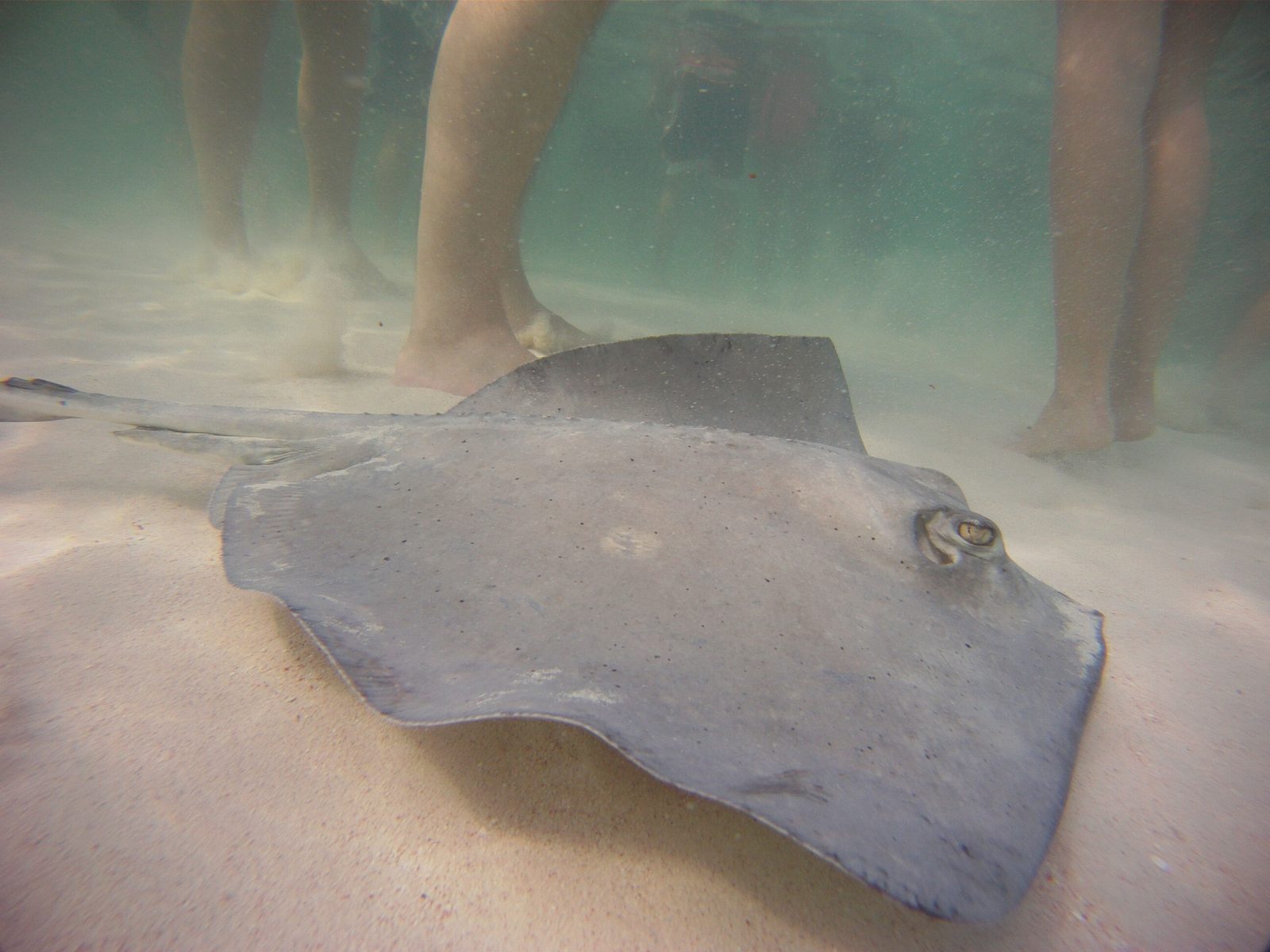Dr. Akash Mehta is an Emergency Medicine board-certified specialist, health and fitness consultant, and Concierge Medicine physician based out of Los Angeles. After finishing medical school at the Touro College of Medicine in Manhattan, Dr. Mehta completed his Emergency Medicine residency at Mount Sinai Medical Center in Miami Beach. Then Dr. Mehta joined Kaiser Permanente as an Emergency Medicine attending physician in West Los Angeles. After years of obtaining intricate knowledge of the healthcare system, he decided to branch on his own and create Nyla Health. He continues to work with various Emergency Medicine groups in and around Los Angeles, and most notably had extensive experience in the frontline during the COVID-19 pandemic.

“Jumpy in water!” your 3-year-old niece so gleefully yells. She is excited beyond belief. Your sister and her daughter are visiting you for the first time in Miami Beach since you moved there a couple of years ago. The pandemic combined with your work schedule had prevented them from visiting until now.
You however are hesitating because your friend did get a jellyfish sting last week. But you haven’t seen any concerning marine creatures around this week while you were doing your morning jogs on the sand. “Let’s go!” you yell as your grab your niece’s hand and run into the water. You dip your head for a few seconds just to enjoy the warm water only to hear a shriek when you reemerge. Your niece is crying uncontrollably and you see a stingray swimming away!
Marine envenomation can be prevalent in certain areas of the world. For example, the annual incidence of marine envenomation in Florida & eastern Australia is estimated to be ~100,000. With global warming and the increase in human interactions with venomous marine organisms, medical professionals like Haute MD expert Dr. Akash Mehta are likely to encounter an increasing number of cases. Here are the beach accidents that can send you to the emergency room:
Jellyfish sting
Concerning my extensive experience in emergency medicine in Florida and California, I would say jellyfish stings may be the most common of marine life injuries. Reactions can vary; it can include severe pain, itching, numbness, or nothing at all! Jellyfish tentacles have microscopic barbs which release toxins when in contact with skin, even when tentacles are “broken-off.” Thus, you can get a sting simply by walking along the shore from dead jellyfish!
Of note, there is a rare syndrome you should be aware of called Irukandji syndrome. It is a rare but potentially fatal complication from certain types of box jellyfish. (Box jellyfish primarily live in the Indo-Pacific and Australian waters, but have been found along the coasts of the United States). It usually develops within 2 hours of the sting. It involves intense pain, diffuse muscle cramps, and extremely high blood pressure. If the pain does not improve with hot water or you develop severe muscle cramps from a jellyfish sting, please contact your local Emergency Medical Services (EMS) immediately (contacted by dialing 9-1-1 in the United States.)
The mainstay of jellyfish envenomation treatment is hot salt water immersion. Submerge the affected part in 45oC or warmer saltwater for a minimum of 20 minutes; the affected individual will have significant pain relief. Try to keep the affected area still to limit the spread of the toxin in your body. Do not use vinegar (it can be used specifically only for the rare box jellyfish stings, but should be done under the care of a knowledgeable lifeguard or Emergency Medicine medical professional). Contrary to common belief, don’t use urine! Vinegar, urine, or fresh/tap water can cause more venom to be released, and thus more pain. Use sterile tweezers, foreceps, or gloves to remove any remaining tentacles; use hot salt water or a heat pack greater than 45oC to destroy any remaining stinging cells. Over-the-counter, topical, and/or prescription painkillers should be taken under the advice of a medical professional while taking into consideration your own medical history and current medication regimen. If you experience paralysis, chest pain, trouble breathing, or a large area was stung, please call EMS immediately.
Stingray sting
The next most common marine creature injury may be that of a stingray. These usually occur as an individual accidentally steps on a stingray in shallow water. These creatures are not aggressive by nature, but can sting you in retaliation using their tail before they flee. Unlike jellyfish, the dangerous parts of a stingray are NOT microscopic; the stinger can be up to 8 inches long! Thus, before the stinger releases venom, damage can be done simply by the stinger or spines penetrating the human body like a knife. Famous television personality Steve Irwin died immediately after a stingray struck his chest multiple times. The vast majority of stingray attacks however result in a single small cut.
The venom when released causes local pain for up to 48 hours. For the large majority of patients, this is the extent of the damage of the venom. Rarely, however, the venom can spread. This can cause decreased blood flow to extremities, heart attacks, seizures, vomiting, muscle cramps, low blood pressure, paralysis and death. While awaiting EMS for all stingray injuries, please immediately immerse the affected area in hot water greater than 45oC (preferably fresh water, but salt water is acceptable) for 30-90 min.
Unlike jellyfish stings, I believe EMS should be called immediately for all injuries from a stingray. Although you may neutralize the venom with hot water, the spine or stinger needs to be removed by a medical professional as it is likely barbed. Furthermore, it may have injured a vital organ, especially if the individual was attacked in the chest or abdomen.
Tips for staying beach safe
- Prevention, of course, is always better than a cure. With a little care and common sense, marine life injuries can be easily avoided.
- Be aware of your surroundings. Always keep an eye out for surrounding aquatic life, and watch where you place your hands and feet.
- Stay informed. Warning signs will often be placed near the beach if there is a specific threat; also a quick online search can help you know what to look out for.
- ALWAYS SHUFFLE. Shuffle your feet in shallow water to warn marine creatures to move so you can avoid stepping on one.
- Never try to touch, pet, or pick up a marine creature. Even shells or rocks could be home to the potentially harmful creatures.
- Stay covered. A wetsuit, wet shoes, or a rash guard can help protect you from some stings from creatures and scratches from coral.
All in all, most marine life injuries are not life-threatening. Jellyfish and stingray injuries are two of the most common marine life injuries I encounter in Emergency Departments (EDs) in the United States. Remember that both jellyfish and stingray injuries can be immediately treated with hot water greater than 45oC, and only saltwater should be used for jellyfish stings. Stingray injuries will always have a cut due to the stinger or spine penetration; if it’s suspected, please call EMS immediately.
Although not discussed in detail, there is a large amount of less common marine life injuries which range from stonefish to sea urchins to sea snake bites which also follow similar rules. They usually have stingers with or without venom which is neutralized by hot water, and the stinger will need to be removed and be provided proper wound care. When in doubt, call EMS after the injury, and immerse the affected area in hot water greater than 45oC while waiting for EMS to arrive.
I hope all my readers enjoyed a fun and safe Memorial Day weekend! As we progress into summer, remember the ocean is their home and not ours; keep an eye on children who will quickly try to touch a beautiful lionfish and don’t run into their home intoxicated and disorderly. Treat their home with respect and they should safely allow you to share it!

























